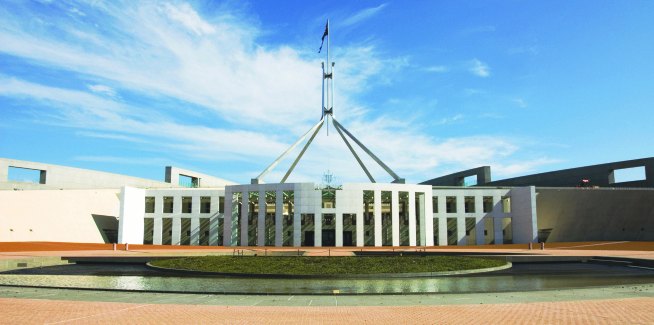The Treasury has released the exposure draft Coronavirus Economic Response Package (Payments and Benefits) Amendment Rules (No. 9) 2020 for consultation, while the legislation itself is being debated by the Senate economics legislation committee, with a report expected on 6 November.
As part of its jobs-focused budget, the government announced it would be implementing a JobMaker hiring credit to assist 450,000 young people into work from now until 2022-23 with an investment of $4 billion.
According to the Treasury’s document, while JobMaker is posed to run from 7 October 2020 to 6 October 2022, it will be divided into three-month periods known as JobMaker periods.
To be entitled to the JobMaker hiring credit payment, the entity will need to notify the commissioner in the approved form of its election to participate by the end of the period that the entity first elects to participate.
For example, for an entity that elects to participate for the JobMaker period of 7 October 2020 to 6 January 2021, the notice must be provided to the commissioner by 6 January 2021.
As was previously made known, an employer cannot participate in the JobMaker scheme if they are entitled to receive a JobKeeper payment.
However, the employer is able to begin participating in JobMaker once they cease their participation in JobKeeper, with leniency for a “limited” and “temporary” transition.
According to the draft rules: “The prohibition on JobKeeper fortnights that begin during a JobMaker period allows an entity to have a single JobKeeper fortnight end at the start of a JobMaker period.
“Permitting this overlap allows an entity to cease its participation in the JobKeeper scheme and begin its participation in the JobMaker scheme without requiring a ‘gap’ between the two schemes.”
As for the qualification criteria, the draft rules state that the entity elected to participate in the scheme must:
- carry on a business in Australia or pursue objectives as a non-profit body principally in Australia, or be a certain public fund; and
- have an ABN; and
- be registered as a withholder in accordance with the Taxation Administration Act 1953.
Moreover, the entity must not have any outstanding income tax or GST returns that have become due in the past two years at the time that it gives information to the commissioner about its entitlement for the period.
“As noted above, the commissioner will also specify that the information that must be provided in relation to an entity’s entitlement is to be provided through the Single Touch Payroll reporting regime,” the draft reads.
“This will mean that entities must be enrolled in Single Touch Payroll reporting in order to qualify for the JobMaker scheme.”
Additionally, under the JobMaker scheme, qualifying entities can only receive the payment for eligible additional employees, defined as employees aged between 16 and 35 that commenced employment between 7 October 2020 and 6 October 2021.
Employees are also required to work a minimum of 20 hours per week, and must have received the JobSeeker payment, Youth Allowance (other) or Parenting Payment for at least 28 of the 84 days before the commencement of their employment.
“The policy intent of the JobMaker scheme is to encourage additional employment by providing a payment to qualifying entities who hire eligible additional employees,” the draft reads.
But the fairly strict criteria also specified that to be entitled for JobMaker, an entity must have at least one employee who it is not entitled to the JobMaker hiring credit payment for. As a result, an entity cannot be a sole trader and employ themselves.
The Institute of Public Accountants (IPA) finds these exclusions worrying, noting in its submission to the government that the eligibility criteria may immediately eliminate a large number of small businesses while also disincentivising others to take on more staff.
Given that employers who had no employees as at 30 September 2020 will not be eligible for the first employee hired, IPA’s Tony Greco said: “We interpret this to mean that a sole trader needs to employ two additional employees in order to qualify for one JobMaker hiring payment.
“More than 60 per cent of all small businesses are non-employing entities.”
Mr Greco is also concerned with JobMaker’s apparent discrimination between employers who are on STP versus those that are not.
He explained: “It is not mandatory for all employers to be STP complaint. Micro employers, defined as those with one to four employees, are allowed to report quarterly through their intermediary such as a tax agent until 30 June 2021.
“By excluding such entities, this does not accord with the policy objective of incentivising all employers to take on additional employees. Similarly, there are closely held entities which are also exempted from STP until 30 June 2021.”
The Treasury is welcoming consultation on the draft rules until 27 November.
[Related: Budget 2020-21 handed down]
